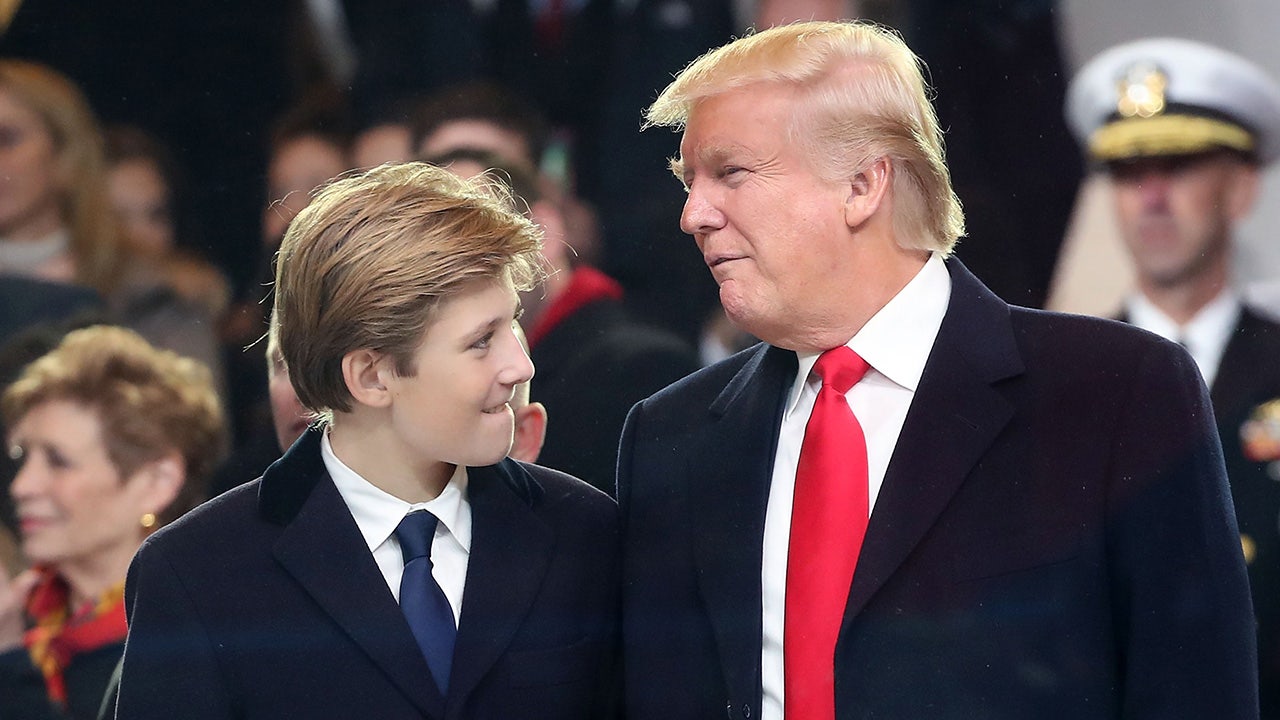World
Risk of violent spillover unless Gaza war solved, says EU top diplomat
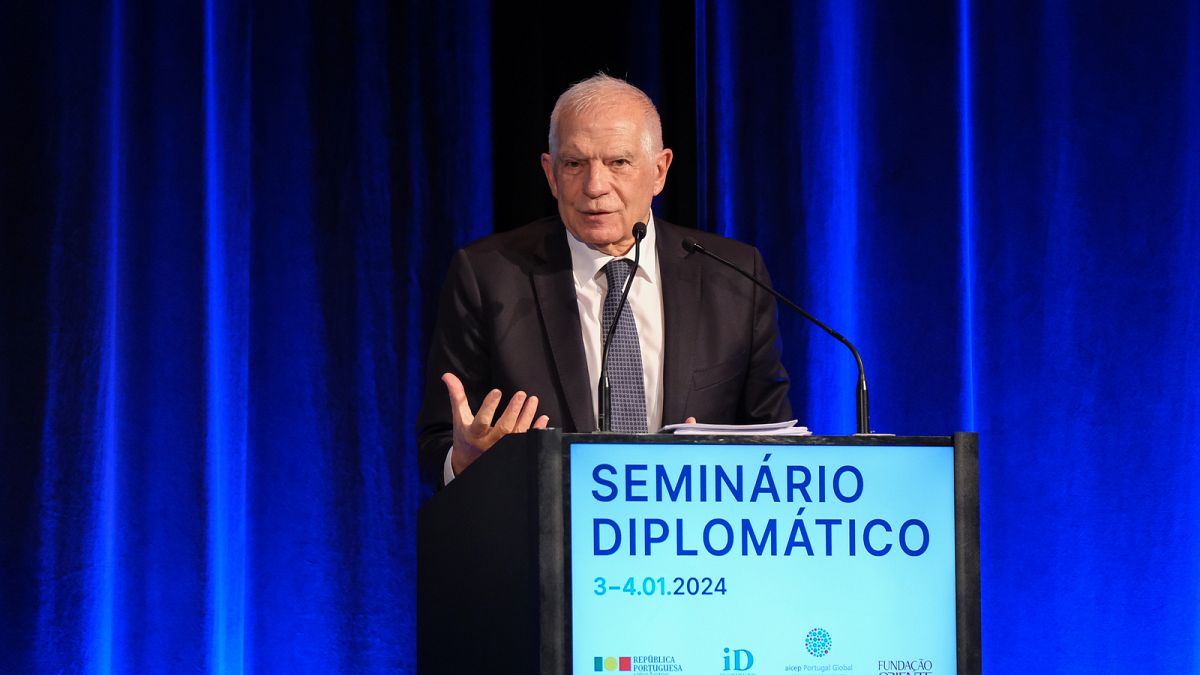
The Middle East could see a violent spillover of conflict unless a peaceful solution to the war in Gaza is found, the EU’s top diplomat Josep Borrell warned on Wednesday.
Speaking at a diplomatic seminar in Lisbon organised by Portugal’s foreign ministry, Borrell said that “the seeds of hate are being sown.”
“If this tragedy doesn’t end soon, I fear that all of the Middle East will see itself engulfed in flames,” he added.
His stark warning comes a day after Saleh al-Arouri, a senior Hamas official and the organisation’s second-in-command, was killed in an Israeli airstrike in the Lebanese capital Beirut.
Israel has not claimed responsibility for the assassination, but an adviser to Israeli Prime Minister Benjamin Netanyahu said on Wednesday that whoever was responsible had executed a “surgical strike against the Hamas leadership.”
The assassination of al-Arouri, one of the founders of Hamas’ military wing, on Lebanese soil presents a significant threat of regional escalation that could pull in the Lebanese militant group Hezbollah, who are Tehran-backed allies of Hamas.
Brewing tensions in the Red Sea are also stoking fears of a regional escalation. A raft of attacks on commercial vessels by the Iran-backed Houthi rebel group, which controls a part of Yemen, has prompted the US to deploy a naval mission to the region.
The US Navy killed 10 Houthi militants as they attempted to sabotage a Danish-operated ship on Monday. Iran has responded by moving a warship into the Red Sea, heightening fears of a further escalation.
‘No unanimous position weakens EU’
During Wednesday’s keynote speech, Borrell also lamented that the European Union had not been able to unanimously agree on calling for a humanitarian ceasefire in Gaza. More than 20,000 people are expected to have lost their lives in the conflict that erupted following Hamas’ deadly attack on Israel on 7 October.
“We have not been able within the European Council to come to a unanimous position calling for a ceasefire,” Borrell explained. “On the contrary, we have limited ourselves to a bare-bones agreement, calling for humanitarian pauses and an increase in aid for victims.”
“There is no unanimous solution or position, and that weakens us (the EU),” he added.
A UN General Assembly resolution calling for a humanitarian ceasefire in Gaza voted on in December secured the backing of a majority of the EU’s 27 member states. Austria and the Czech Republic, both staunch allies of Israel, were the only countries to vote against the resolution and have consistently expressed fears that a joint EU call for a ceasefire would undermine Israeli efforts to eradicate Hamas.
The persistence of the war has seen countries gravitating towards calls for further restraint, with a major shift in rhetoric seen by EU nations such as France. Other nations including Belgium, Spain, and Ireland have been vocal advocates of a ceasefire in Gaza from the early stages of the conflict.
Borrell has previously suggested that a series of permanent pauses in hostilities should “evolve” into a permanent ceasefire in Gaza.
Comparing the European bloc’s firm stance and solid support to Kyiv following Russia’s invasion of Ukraine, Borrell warned that the accusation of Europe’s double standards was “taking on form.”
“The clear and firm European position on the war in Ukraine is not shared by many countries in the world, who immediately accuse us of having principles that are geometrically unaligned – what they call double standards,” he said.
“And I think that unless we close our eyes and our ears, it’s difficult not to face up to this contradiction,” he added.
Borrell also stated that the fact that EU countries are having to consistently call on Israel to respect international humanitarian law in its assault on the Gaza Strip suggests that it is not acting within the boundaries of the law.

World
NATO ally endorses China's Ukraine peace plan as Beijing applauds 'model' of European diplomacy
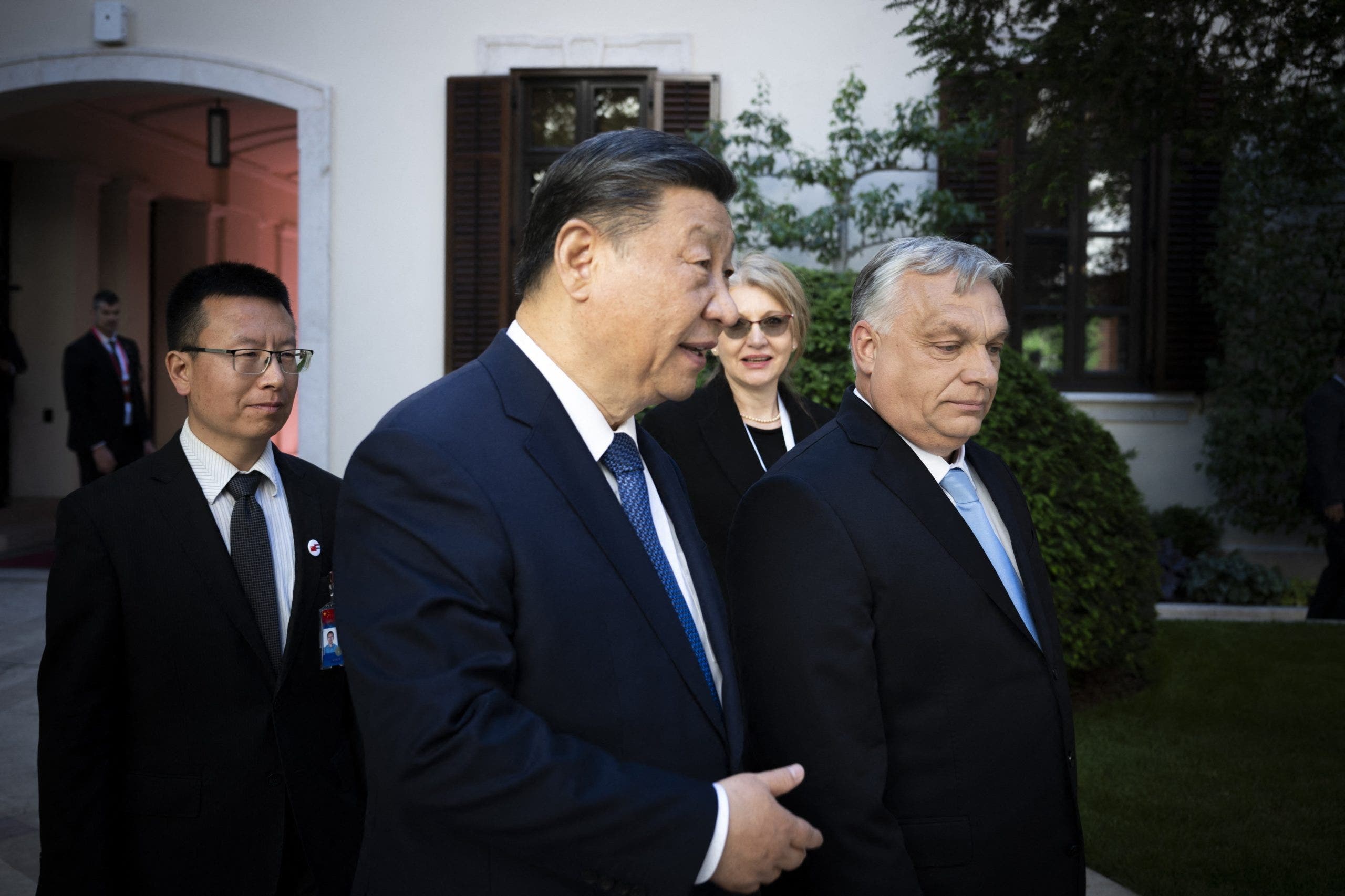
The visit between Chinese President Xi Jinping and Hungarian President Viktor Orban ended with glowing praise from both parties as Xi labeled his counterpart a “model” for diplomatic relations with Europe, while Orban endorsed Beijing’s Ukraine peace plan.
“Today, Europe is on the side of war,” Orbán said Thursday during a joint press conference.
“The only exception is Hungary, which calls for an immediate ceasefire and peace negotiations and supports all international efforts that point towards peace. . . . We also support the Chinese peace initiative presented by Xi Jinping,” he added.
Hungarian Foreign Minister Peter Szijjarto added that Hungary will “look at our co-operation with China as a huge chance and a huge opportunity.”
US COMMITTEE PROBES GEORGIA UNIVERSITY’S ALLEGED TIES TO CHINESE MILITARY-LINKED RESEARCH
China has sought to reset its standing with Europe as it faces greater opposition and a worsening reputation throughout the bloc. Winning a kind word from Hungary, which is not only an EU member but a NATO member as well, would seem the kind of PR boost Beijing has wanted.
Supporters of China hold Chinese flags in Buda Castle close to the route of Chinese President Xi Jinping’s motorcade prior to the Chinese President’s meeting with Hungarian Prime Minister Viktor Orban on May 9, 2024, in Budapest, Hungary. The Chinese President pays a three-day official visit to Budapest from the evening of May 8, 2024. (Attila Kisbenedek/AFP via Getty Images)
Xi’s five-day stint in Hungary — just one of three visits Xi is making in Europe — ended with a proclamation of China and Hungary’s “all-weather comprehensive strategic partnership for the new era,” which officials claim will serve “more than mere semantic importance,” according to the Financial Times.
The “all-weather” designation indicates that Xi considers Budapest now a member of “those countries that do most to support China’s efforts to counter U.S. power and which are increasingly rewarded with investment, trade and diplomatic support,” the FT reported.
US OFFICIAL RAISES ALARM OVER FORCIBLE REPATRIATION OF NORTH KOREANS FROM CHINA
The two nations agreed to 17 deals that loop Hungary into China’s ongoing Belt and Road Initiative and involve investment in nuclear energy, supply chain improvements, green development and boosts to the finance and trade of Hungary, which will in return export agricultural products, technology and media services.
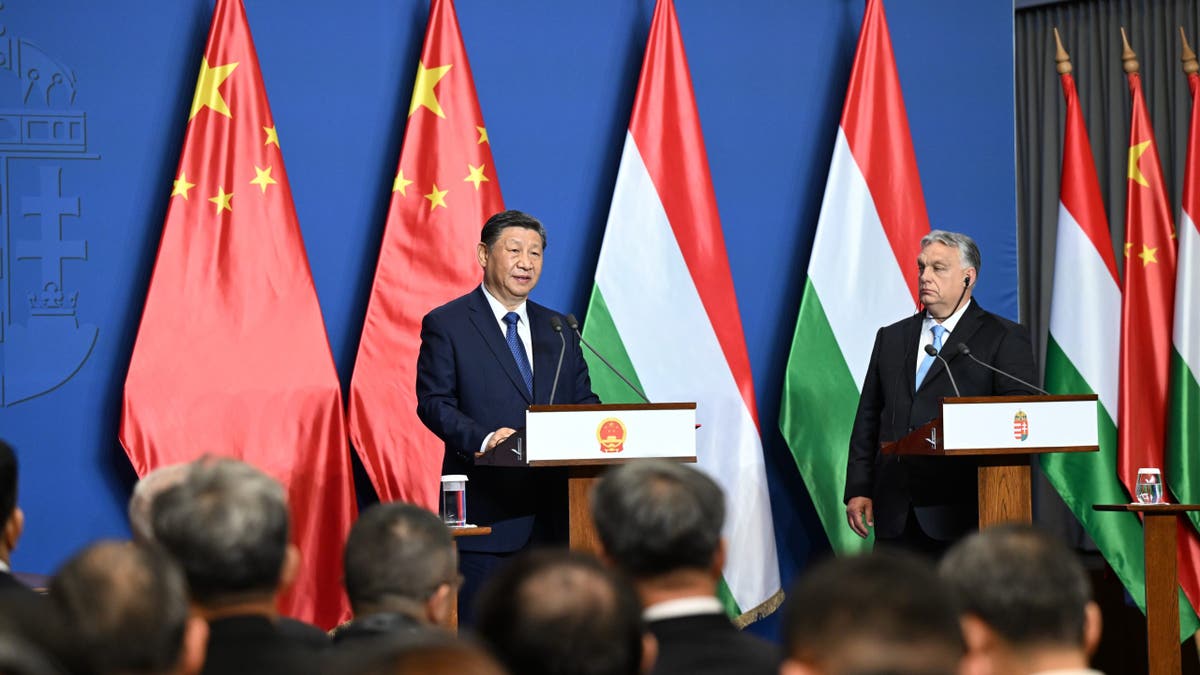
Chinese President Xi Jinping and Hungarian Prime Minister Viktor Orban jointly meet the press after their talks in Budapest, Hungary, May 9, 2024. (Xie Huanchi/Xinhua via Getty Images)
Xi also lauded the deals as helping to bring cooperation between Beijing and Central and Eastern Europe to “a wider scope, a broader field and a higher level.”
“China attaches importance to the China-EU comprehensive strategic partnership and considers Europe an important pole in the multipolar world,” Xi said of the agreements. “China supports Hungary in playing a greater role in the EU and promoting the new and greater development of China-EU relations.”
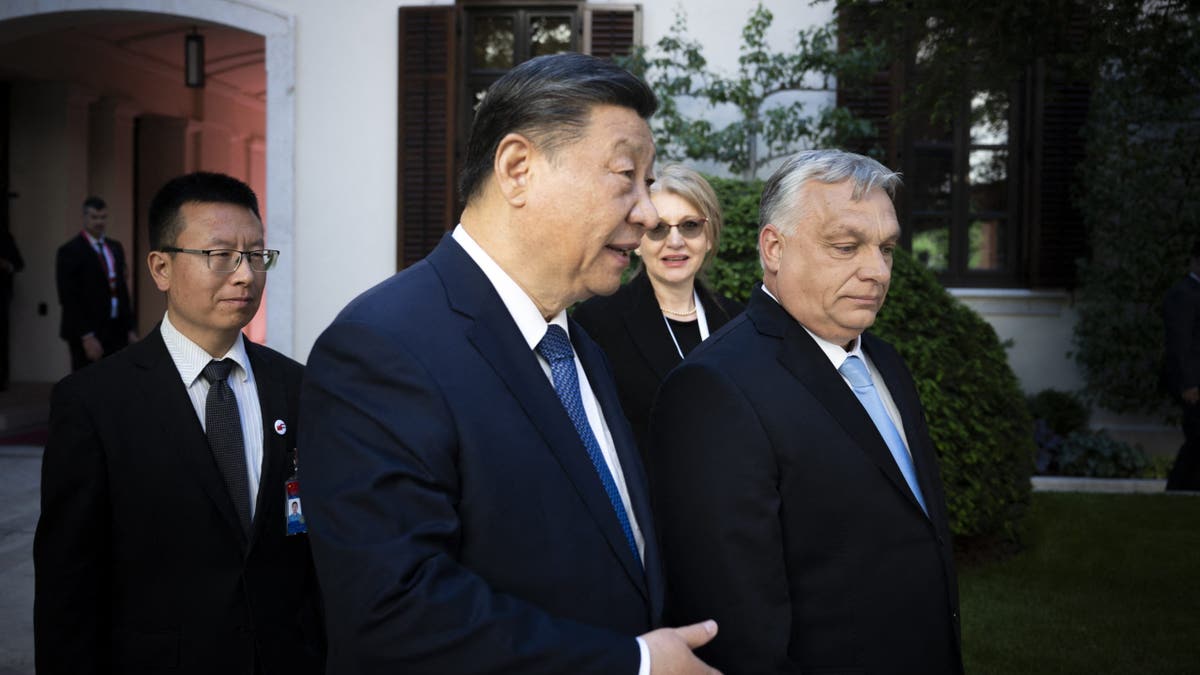
Chinese President Xi Jinping (L2) talks with Hungarian Prime Minister Viktor Orban (R) prior to their official talks in Carmelita Monastery, the prime minister’s headquarters, at Buda Castle quarter in Budapest, Hungary on May 9, 2024. (Vivien Cher Benko/POOL/AFP via Getty Images)
The South China Morning Post noted that the “all-weather” partnership places Hungary in the company of such Chinese allies as Belarus, Pakistan and Venezuela.
CHINA CONDEMNS US MILITARY SHIP’S PASSAGE THROUGH TAIWAN STRAIGHT WEEKS BEFORE NEW LEADER TAKES OFFICE
The Chinese Foreign Ministry last year posted a 12-point peace plan, which included a number of points that many agreed with, such as urging against the use of nuclear weapons, protecting civilians and POWs, facilitating grain exports and promoting reconstruction.
However, the plan also called for the end of unilateral sanctions and “maximum pressure,” insisting that only sanctions authorized by the U.N. Security Council should go into effect.
CHINA COULD ‘OVERWHELM’ US MILITARY BASES AS BIDEN SHOWS ‘ALARMING LACK OF URGENCY’: HOUSE COMMITTEE CHAIR
“Relevant countries should stop abusing unilateral sanctions and ‘long-arm jurisdiction’ against other countries, so as to do their share in de-escalating the Ukraine crisis and create conditions for developing countries to grow their economies and better the lives of their people,” the plan said.
Foreign Policy last year published an op-ed by Jo Inge Bekkevold, a senior China fellow at the Norwegian Institute for Defense Studies, criticizing China’s peace plan as having “ulterior motives.”
For example, China would seek to “position itself in the reconstruction of postwar Ukraine…. [it] explicitly states that it stands ready to provide assistance and play a role in post-conflict reconstruction,” though Bekkevold admits that “no other country is possibly better equipped than China to assist in rebuilding Ukraine.”
“Welcoming Chinese assistance, expertise and investments must be a tempting proposition for Ukraine,” Bekkevold wrote. “Seen from Beijing, contributing to the reconstruction of Ukraine would strengthen China’s overall engagement with Europe.”
World
India Lok Sabha election 2024 Phase 4: Who votes and what’s at stake?

India is bracing itself for the fourth phase of its weeks-long elections on May 13 to elect 96 members of parliament to the Lok Sabha, or the lower house of parliament, as the world’s largest electoral exercise moves into its final month.
The two main contenders for power are Prime Minister Narendra Modi’s governing Bharatiya Janata Party (BJP) and the Indian National Developmental Inclusive Alliance (INDIA), a coalition of 26 parties led by the main opposition party, Rahul Gandhi‘s Indian National Congress.
Last week, the third phase of the voting saw Modi cast his vote in Gujarat’s Gandhinagar constituency. It also saw the competition between the two main contenders heighten as the Congress Party’s former President Sonia Gandhi said Modi and the BJP were focusing “only on gaining power at any cost”.
The fourth phase also features a bit of glamour in the east of the country, where Bollywood veteran Shatrughan Sinha is seeking re-election in West Bengal’s Asansol, and to the south, where actress Maadhavi Latha from the BJP is standing for the Hyderabad seat in Telangana. Latha is pitted against Asaduddin Owaisi, a four-time MP from the All India Majlis-e-Ittehadul Muslimeen party.
The first three phases of the election, which were held on April 19, April 26 and May 7, saw a voter turnout of 66.1, 66.7, and 61 percent, respectively. The voting so far has been lower than in the 2019 elections. In total, 969 million people are registered to vote in 543 parliamentary constituencies across 36 states and federally-governed union territories.
Who is voting in the fourth phase?
Registered voters across nine states and a union territory will cast their ballots for the following constituencies:
- Andhra Pradesh: All 25 constituencies in the southern coastal state
- Telangana: All 17 constituencies in the southern state
- Jharkhand: Four of the eastern state’s 14 constituencies
- Odisha: Four of the eastern state’s 21 constituencies
- Uttar Pradesh: Thirteen of the northern state’s 80 constituencies
- Madhya Pradesh: Eight of the central state’s 29 constituencies
- Bihar: Five of the eastern state’s 40 constituencies
- Maharashtra: Eleven of the western state’s 48 constituencies
- West Bengal: Eight of the eastern state’s 42 constituencies
- Jammu and Kashmir: One of the union territory’s five constituencies
Which are some of the key constituencies?
Hyderabad (Telangana): Asaduddin Owaisi is being challenged by the BJP’s Maadhavi Latha in his family bastion. Owaisi’s brother, Akbaruddin Owaisi is a member of the state legislative assembly while his father, Sultan Salahuddin Owaisi, represented the parliamentary constituency, with a substantial Muslim population, six times. Owaisi pitches himself as the voice of India’s Muslim minority whose issues he regularly raises in his parliamentary debates. Owaisi was given the “best parliamentarian” award in 2022.
Srinagar (Jammu and Kashmir): This constituency in Kashmir registered just 15 percent voting in the 2019 election, which was marred by a boycott. This is the first parliamentary election in Kashmir since the region’s special status was removed in August 2019. The two biggest mainstream pro-India parties in the region – the National Conference and People’s Democratic Party – have fielded Aga Syed and Waheed Parra, respectively, as their candidates.
Krishnanagar, Baharampur and Asansol (West Bengal): These three parliamentary contests in West Bengal state, bordering Bangladesh, offer a mix of star power and political significance. Bollywood actor-turned-politician Shatrughan Sinha is seeking re-election from Asansol, while ex-cricketer Yusuf Pathan is taking on senior Congress Party leader Adhir Ranjan Chowdhury, who has been representing Bahrampur since 1999. Chowdhury was also the leader of the opposition Congress Party in the outgoing Lok Sabha. Pathan is the candidate of the Trinamool Congress (TMC), the party that rules the state and is also aligned with the national opposition INDIA alliance – even though the coalition’s members are standing against each other in West Bengal.
Yet, the most high-profile electoral battle in the state on May 13, is in Krishnanagar, where the fiery TMC parliamentarian and fierce critic of Modi, Mahua Moitra, is seeking a second term. A former vice president of JPMorgan Chase based in London, Moitra entered politics in 2009. Her parliamentary speeches asking tough questions of the government often go viral. In December 2023, the firebrand MP was expelled from parliament after being accused of accepting cash to ask questions. She said her expulsion was a way to silence her. She has challenged her expulsion in the Supreme Court. The BJP has fielded Amrita Roy, whose husband is a descendant of the erstwhile king of the region, against Moitra.
Kannauj and Lakhimpur Kheri (Uttar Pradesh): Akhilesh Yadav, the leader of the Samajwadi Party – a regional powerhouse that has seen its influence shrink with the BJP’s rise – has decided to enter the electoral race in Kannauj in northern Uttar Pradesh state, which accounts for 80 seats in the parliament. The BJP currently governs the state. Kannauj, known for its perfume industry, has been a Yadav family bastion. Akhilesh, his father Mulayan Singh Yadav and his wife Dimple Yadav have represented the seat since 1999. But in 2019, Dimple lost to the BJP in a shock defeat. Akhilesh’s entry into the electoral fray is an attempt to wrest back the family pocket borough.
The other seat that has attracted a lot of attention is Lakhimpur Kheri, where controversial federal Minister of Home Affairs Ajay Mishra Teni is seeking re-election. Mishra has been caught in a storm since his son Ashish Mishra allegedly ran his car over farmers protesting against now-repealed farm laws. Ashish is out on bail and farmers’ groups as well as activists have been demanding that Mishra be denied a ticket by the BJP.
Indore (Madhya Pradesh): This constituency, a stronghold of the BJP, has been in the news for unlikely reasons. The Congress candidate Akshay Kanti Bam withdrew from the race at the last minute, after the last date for candidates to file nominations had passed. The Congress could not field a replacement and Bam later joined the BJP. Thirteen other candidates are in the fray, but the Congress Party has urged voters to opt for NOTA (none of the above) in protest.
When does the voting start and end?
Voting will begin at 7am local time (01:30 GMT) and end at 6pm (12:30 GMT). Voters already in the queue by the time polls close will get to vote, even if that means keeping polling stations open longer.
Complete election results for all phases are to be released on June 4.
Which parties rule the states being polled in the fourth phase?
- The BJP governs Madhya Pradesh and Uttar Pradesh outright.
- The BJP governs Maharashtra and Bihar in alliances.
- Odisha is governed by the Biju Janata Dal (BJD), which leans towards the NDA but is not a part of the alliance.
- Andhra Pradesh is governed by the Yuvajana Sramika Rythu (YSR) Congress Party.
- Congress governs Telangana.
- Jharkhand is governed by the INDIA alliance led by Jharkhand Mukti Morcha.
- West Bengal is governed by the All India Trinamool Congress Party, a member of the INDIA alliance.
- Jammu and Kashmir is governed directly by New Delhi. Its state legislature remains suspended.
Who won these Lok Sabha seats in 2019?
- In the last Lok Sabha elections, Congress, along with parties now affiliated with the INDIA alliance and those affiliated then with the Congress-led United Progressive Alliance, won 13 of the 96 seats to be decided on May 13.
- The BJP and parties affiliated with the NDA won 50 of the seats in 2019.
- The YSR Congress Party in Andhra Pradesh won 22 seats while the Telangana-based Bharat Rashtra Samithi (BRS) won nine seats in 2019.
- The All India Majlis-e-Ittehadul Muslimeen (AIMIM) won two seats in 2019.
How much of India has voted so far?
The first three phases of the Lok Sabha elections have already decided the fate of 284 MPs.
So far, voting has concluded for all seats in the states of Tamil Nadu, Kerala, Meghalaya, Assam, Manipur, Karnataka, Mizoram, Arunachal Pradesh, Nagaland, Uttarakhand, Chhattisgarh, Goa, Gujarat, Rajasthan, Sikkim, Tripura; the Andaman and Nicobar islands; and the Dadra and Nagar Haveli, Daman, Diu, Lakshadweep and Puducherry union territories.
The fifth phase will kick off on May 20 and the sixth on May 25, before the election heads towards the seventh and final phase on June 1.
World
Zendaya’s Stylist Law Roach Names Designers Who Refused to Dress Her on Red Carpets, Including Dior and Gucci: ‘If You Say No, It’ll Be Forever’

Stylist Law Roach revealed on “The Cutting Room Floor” podcast that Zendaya still hasn’t worn looks from five fashion houses after they refused to dress her early in her career.
“I would write the big five. I would write Saint Laurent, Chanel, Gucci, Valentino, Dior, and they would all say, ‘No, try again next year. She’s too green. She’s not on our calendar,’” Roach said during the interview.
“I still have the receipts,” he continued. “By the time she got to [the cover of] American Vogue [in 2017], she still had never worn any of those designers. She still hasn’t.”
Roach, who has styled the “Challengers” and “Dune” star since she was 14, clarified that Zendaya has worn designs by the “big five” in editorial shoots, but never in public or during red carpet appearances.
“She still has never worn Dior on a carpet. She still has never worn Chanel on a carpet. She has still never worn Gucci on a carpet — any press, any appearance, never. Never,” Roach said. “The first time she wore Valentino in public is when she had a contract.”
He continued, “When I said, ‘If you say no, it’ll be a no forever,’ that rang true for a long, long time.”
Despite announcing his retirement from celebrity styling over a year ago, Roach continues to work with Zendaya. He most recently styled Zendaya for this year’s Met Gala, where she served as one of the event’s co-chairs. After initially arriving in a custom Maison Margiela gown by John Galliano, Zendaya made a surprise second appearance on the Met Gala carpet in an archival Givenchy look — also by Galliano.
-

 News1 week ago
News1 week agoPolice enter UCLA anti-war encampment; Arizona repeals Civil War-era abortion ban
-

 News1 week ago
News1 week agoSome Florida boaters seen on video dumping trash into ocean have been identified, officials say
-

 Politics1 week ago
Politics1 week agoThe White House has a new curator. Donna Hayashi Smith is the first Asian American to hold the post
-

 Education1 week ago
Education1 week agoVideo: President Biden Addresses Campus Protests
-
)
) Movie Reviews1 week ago
Movie Reviews1 week agoThe Idea of You Movie Review: Anne Hathaway’s honest performance makes the film stand out in a not so formulaic rom-com
-

 World1 week ago
World1 week agoUN, EU, US urge Georgia to halt ‘foreign agents’ bill as protests grow
-

 World1 week ago
World1 week agoIn the upcoming European elections, peace and security matter the most
-

 World1 week ago
World1 week agoEuropean elections: What do voters want? What have candidates pledged?


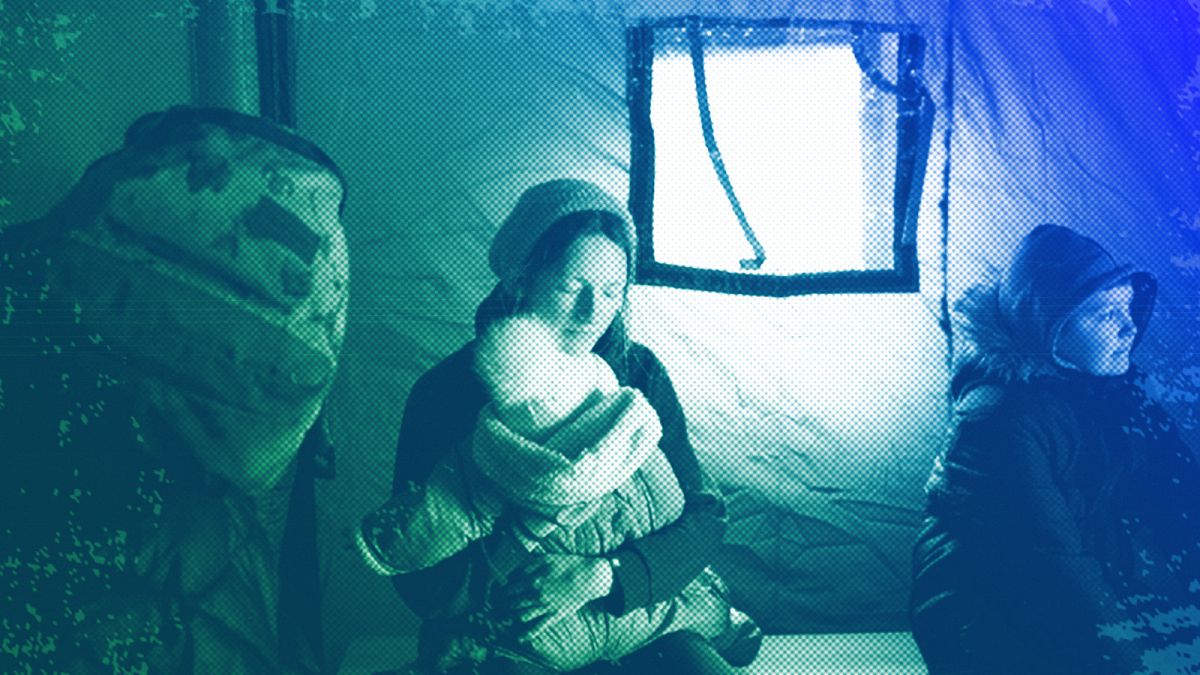


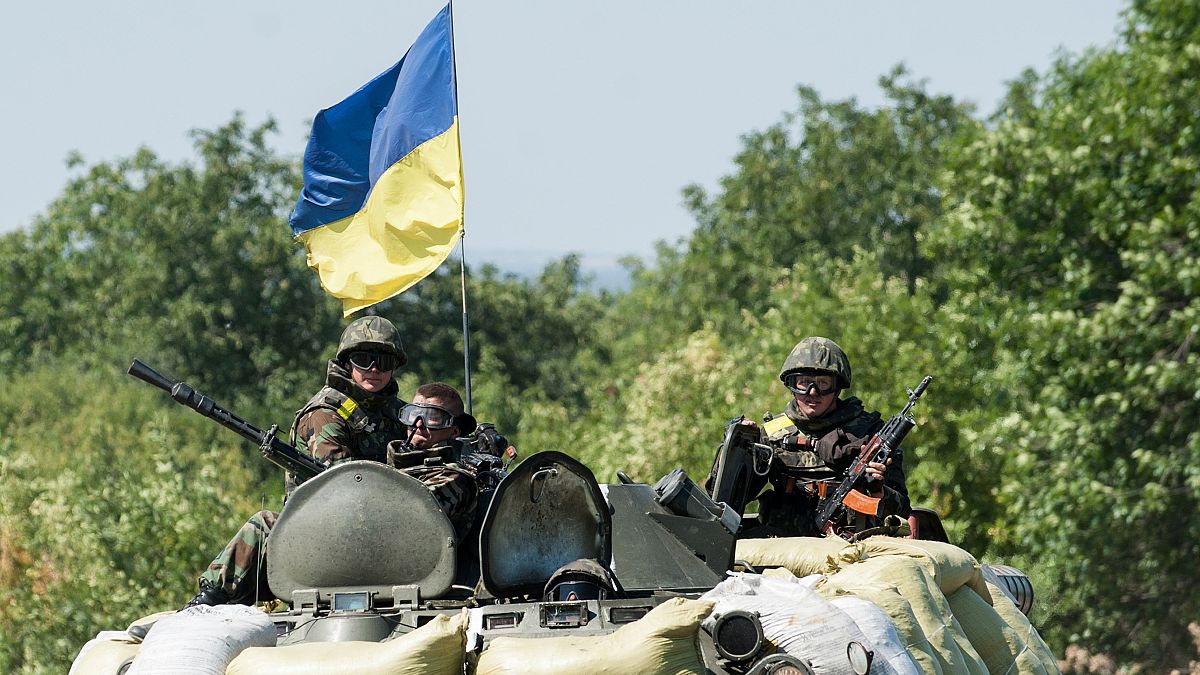

/cdn.vox-cdn.com/uploads/chorus_asset/file/24390406/STK149_AI_03.jpg)








